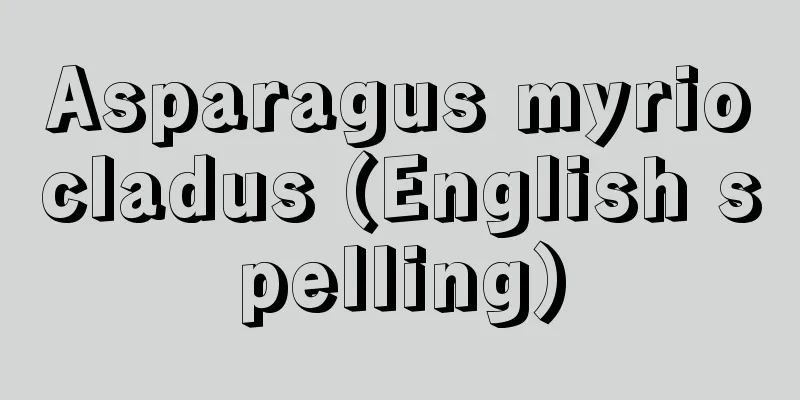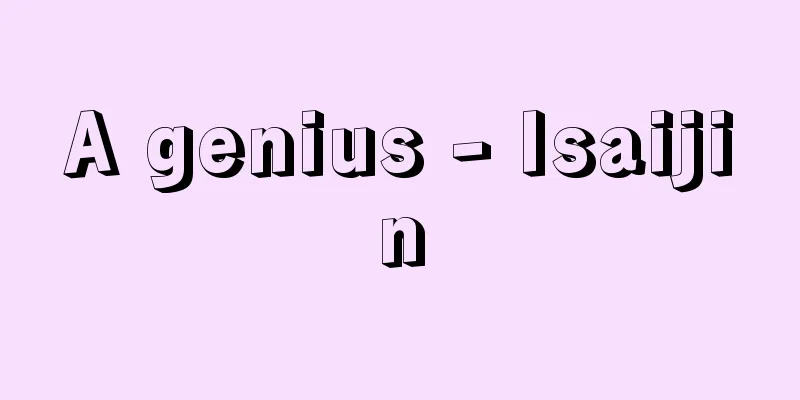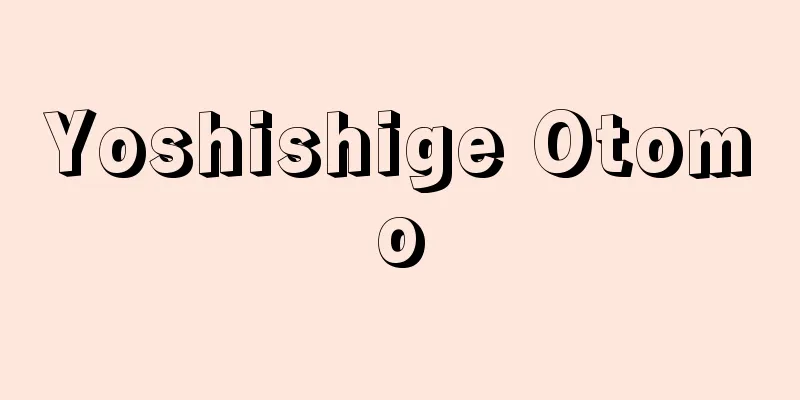Ritual ruins - Saishiiseki

|
In a broad sense, it covers all archaeological remains of religious ceremonies from each era. However, it is usually used in the narrow sense to limit the period of Japanese archaeology. The main period is the Kofun period, and the Jomon period and earlier are excluded because there are many problems with the continuity of the culture thereafter. After the introduction of Buddhism, ruins that were strongly influenced by foreign cultures are treated with some distinction. They are also divided into ruins of government offices, residences, production facilities, transportation, tombs, etc. Tombs are ruins for "rituals for the dead," but burial sites themselves are excluded, and graveside rites and rites for the construction of burial mounds are sometimes included in the category of ritual ruins. For convenience, residences that show the production and possession of ritual implements and rituals held within the same building are also included. About 400 ritual sites centered on the Kofun period, which have been narrowed down in this way, have been discovered nationwide to date, distributed from central Kyushu to the Tohoku region, with a particularly high concentration from Kanto to southern Tohoku. Famous sites include the area around Isonokami Shrine in Tenri City, Nara Prefecture, the area around Miwayama in Sakurai City, Munakata Taisha Okinoshima in the Genkai Sea, and the foot of Mount Akagi in Gunma Prefecture, where they are found high up at the foot of beautiful mountains or on the edge of residential areas, and many of them are accompanied by rocks with some kind of legend. There are also sites on islands or capes where it is thought that the sea god was worshiped, as well as sites where water gods and river gods are worshiped at springs or river banks. They are found near certain rocks within settlements, and rituals are also held on shelves within pit dwellings. These are remnants of ancient times when people who lived within nature feared, worshipped, and sought blessings from the power of the gods, making offerings of mirrors, jewels, weapons, agricultural tools, etc. (or replicas of these), and placing food offerings in various containers. [Rinji Sugiyama] "Shinto Archaeology Lectures" 6 volumes (1972-81, Yuzankaku Publishing) Source: Shogakukan Encyclopedia Nipponica About Encyclopedia Nipponica Information | Legend |
|
広い意味では考古学上からみた各時代の宗教儀礼の遺跡を網羅する。しかし通常は、日本の考古学上、時代を限定した狭義の用語とする。おもな時代は古墳時代で、縄文時代以前はその後の文化との継続性に問題が多いため除外し、仏教伝来後、外来文化の強い影響を受けた遺跡も多少区別して扱っている。 また官衙(かんが)、住居、生産、交通、墳墓などの遺跡とも分ける。墳墓は「死者に対するまつり」の遺跡であるが、埋葬そのものに関することは省き、墓前祭、墳丘構築のためのまつりなどは祭祀遺跡に加えることもある。住居関係でも祭祀器具などの生産、保有、同屋内での祭祀がみられるものなどを便宜上加えている。 こうして限定した古墳時代中心の祭祀遺跡は、全国でこれまでに約400か所発見され、中部九州から東北地方まで分布し、とくに関東から東北南部に濃密である。著名な遺跡には奈良県天理市の石上(いそのかみ)神宮周辺、桜井市三輪山(みわやま)付近、玄界灘(げんかいなだ)の宗像(むなかた)大社沖ノ島、群馬県赤城山麓(あかぎさんろく)などがあって、形容の美しい山の麓(ふもと)の高所、居住空間の端に、多くはなんらかの伝承をもつ岩石を伴って存在する。また島や岬にあって海神をまつったと思われる遺跡、水源の湧水(ゆうすい)地、川の淵(ふち)などで水の神・川の神をまつった遺跡などがある。集落内でも特定の岩石付近に展開するほか、竪穴(たてあな)住居内でも棚などを使用してまつりを営んでいる。自然の内に生活する古代人が、神の力に対し、恐れ、崇(あが)め、恵みを求めて、鏡、玉、武器武具、農工具など(あるいはその模造品)を捧(ささ)げ、多くの什器(じゅうき)に饌(せん)を盛ってまつった跡である。 [椙山林継] 『『神道考古学講座』全6巻(1972~81・雄山閣出版)』 出典 小学館 日本大百科全書(ニッポニカ)日本大百科全書(ニッポニカ)について 情報 | 凡例 |
<<: Seasonal calendar - Saijiki
Recommend
Ogasawara Islands - Ogasawaragunto
An archipelago located in the northern part of the...
Chaucer - Geoffrey Chaucer
The greatest medieval English poet and the founde...
Ezo salamander - Ezo salamander
An animal of the family Salamanderidae in the ord...
Tito (English spelling)
A former Yugoslav politician. His real name was J...
Alverni tribe - Alverni people
After the subjugation of the Ligurians, Allobroge...
Ito style
A leading school of early modern spearmanship, th...
Matsu Island
An island in the sea east of Fuzhou, the capital ...
Law Concerning the Prevention of Marine Pollution and Maritime Disasters - Law Concerning the Prevention of Marine Pollution and Maritime Disasters
…In light of this situation, oil pollution counte...
ego libido (English spelling) egolibido
...This libido also travels between the object an...
Katsushige Nabeshima
Year of death: 24 March 1657 (7 May 1657) Year of ...
Falter
...It is said that when at rest, butterflies fold...
Kainic Acid - Kainic Acid
( 2S , 3S , 4S )-2-carboxy-4-isopropenyl-3-pyrrol...
Yuki
A county in the northern part of North Hamgyong Pr...
Purple sea urchin (Anthocidaris crassispina)
An echinoderm of the family Echinidae in the class...
Color centre
A local electronic state that occurs when an elect...
![Mississippi [State] - Mississippi](/upload/images/67ccf041d702a.webp)








